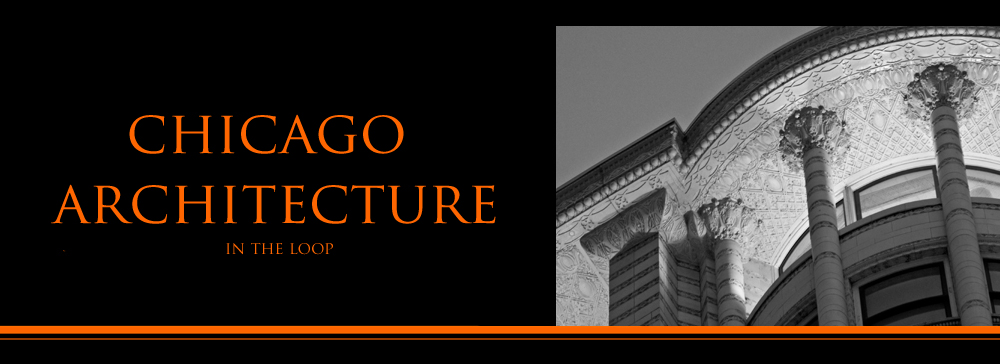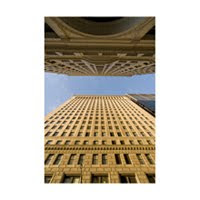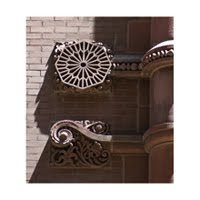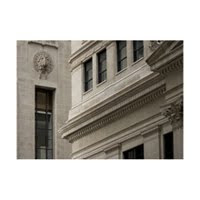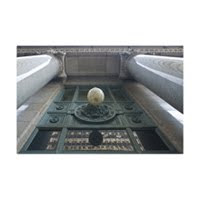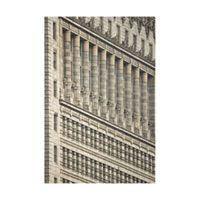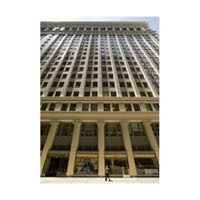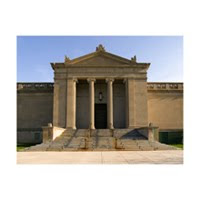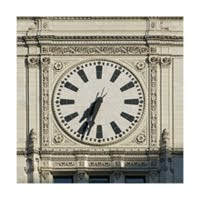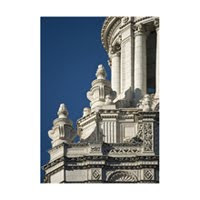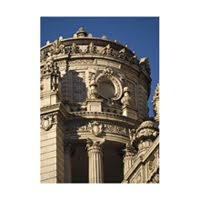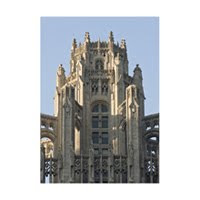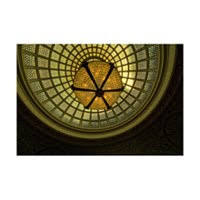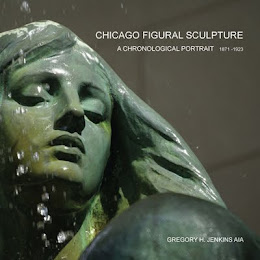In 1854 eight year old Daniel Burnham was enrolled in the Garden City Institute, a Swedenborgian Academy founded by Jonathan Scammon and administered by H. Orville Snow. Two years later the building burned and Daniel was enrolled in public school.
Burnham's Swedenborgian influence did not end with the Institute. Father, Mother, Uncle, Grandfather, Brother and Sister were signators to the Swedenborgian Church in Chicago. Daniel was further educated in Waltham, Massachusetts by Joseph Worcester, son of Thomas, founder of the Swedenborgs in Boston. And finally he was tutored by Harvard Graduate and Swedenborgian Thomas Brown Tilley.
Central to Swedenborgian belief is Divine Providence and the concept of Usefulness. Plus 17 volumes of far ranging philosophy and science recorded by Emanuel Swedenborg 1668-1772. And while all of this is very interesting stuff -- and especially in tune with nineteenth century transcendentalism -- the connections that Daniel Burnham formed through his Church look to be every bit as important to his Architecture as the religion itself.
Jonathan Scammon, founder the of the Swedenborgian Community in Chicago, became one of the wealthiest men in America and was instrumental in the founding of the Chicago Historical Society. And with William Ogden in building the Galena and Chicago Union Railroad.
Joseph Worcester, in addition to running the Swedenborgian School in Waltham was an amateur architect. Soon after Daniel left Waltham, Joseph moved to San Fransisco founding the Swedeborgian movement on the Bay -- which included Architect Bernard Maybeck, and naturalist John Muir. Worcester was particularly interested in the Arts and Crafts Style and was familiar with the works and writings of John Ruskin, Viollet le duc, and William Morris. Daniel and Joseph remained lifelong friends.
Thomas Brown Tilley introduced Daniel to Henry Wadsworth Longfellow's nephew, architect WPP Longfellow -- with Swedenborgian interests and a considerable knowledge of Architecture. And, with a short leap of faith --I will assume that Daniel also met Henry -- whose use of Swedenborgian philosophy in poetry is well documented.
When Daniel Burnham returned to Chicago in 1871 he had seen what he wanted to be, knew what it looked like, and had picked up enough "Architecture" to know that when he met future partner, John Root, working in Peter Wight's office, that John was "the real deal." I'd call THAT an education
________________
Swedenborg followed Daniel throughout his life. Steinway Hall. Phoebe Hearst. The Women's Building. The Masonic Temple. The Chicago Plan. Commissions and people entertwined with Daniel Burnham and his uncanny nack for lifelong friendships. More on this to follow.
_________________
The Saloon Building
The early Chicago Swedenborgians shared the Saloon building with the Chicago City Council, the Unitarians, the Chicago Lyceum, the US District Court and the Chicago Daily Journal. The building was owned by Jonathan Scammaon.
_______________
A Special Thanks is due the Swedeborgian Library here in Chicago at 77 West Washington Street.
Link HERE.http://www.swedenborglib.org/ ..... where I have much more to learn.
_______________
PREVIEW THE EXHIBIT
Photographs by Gregory H. Jenkins AIA
